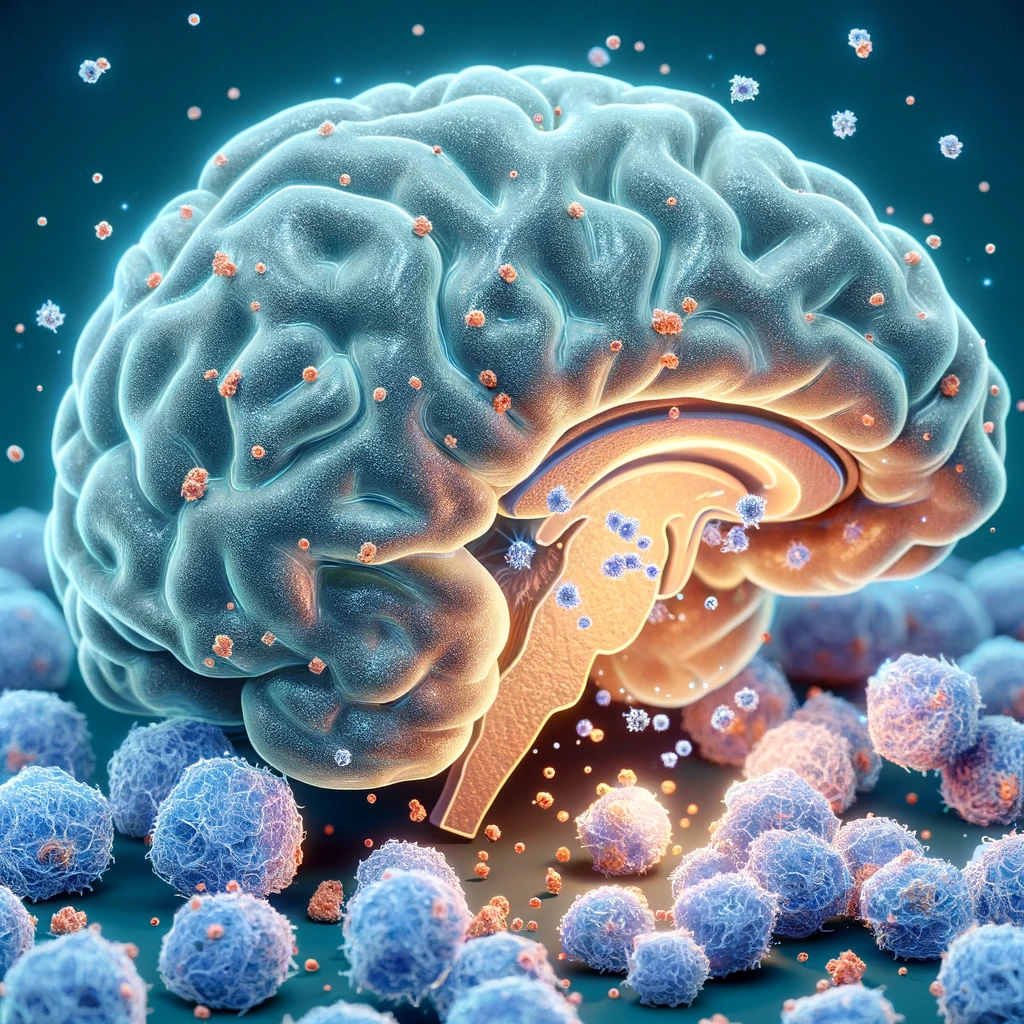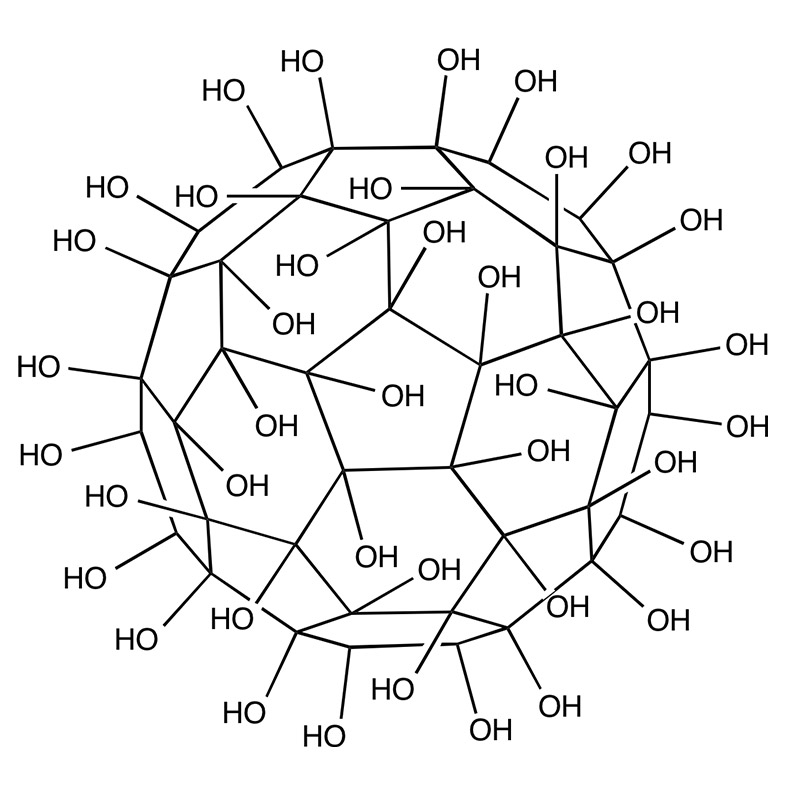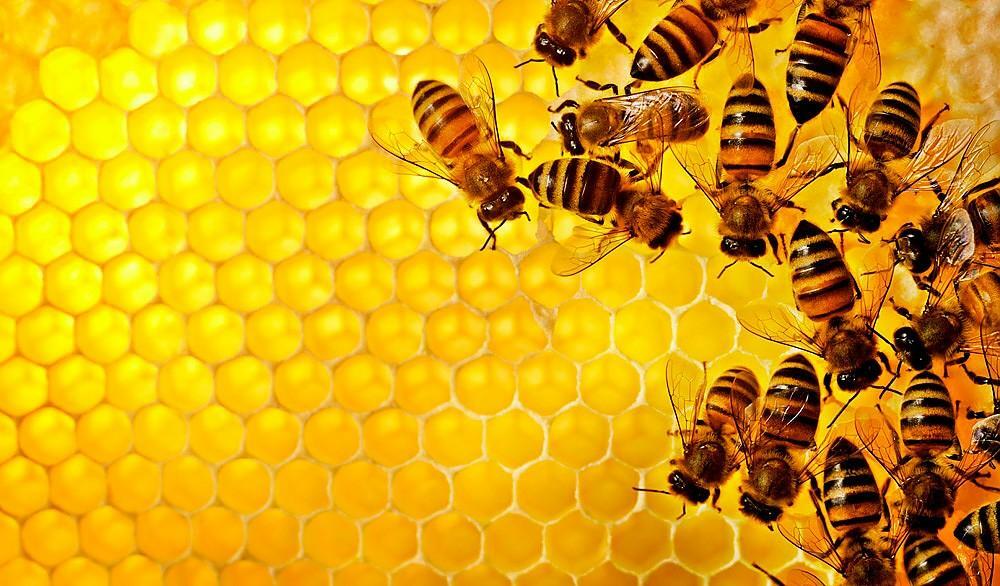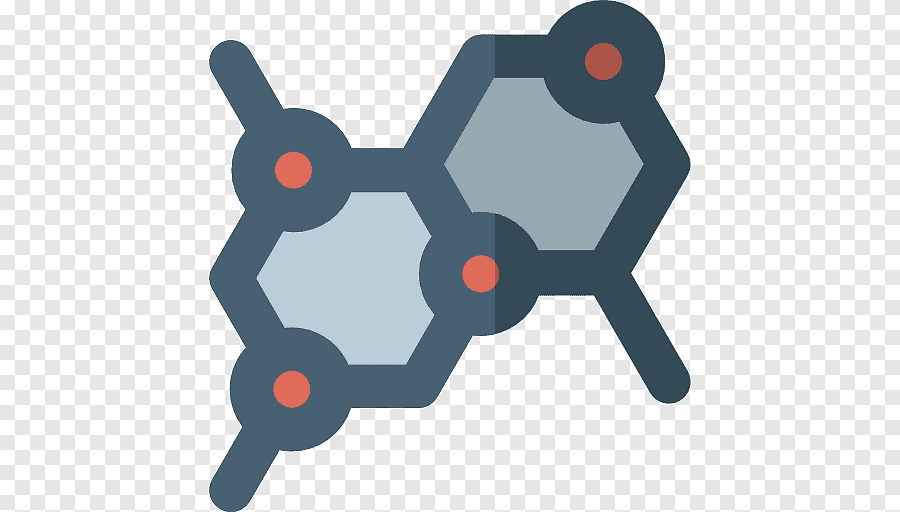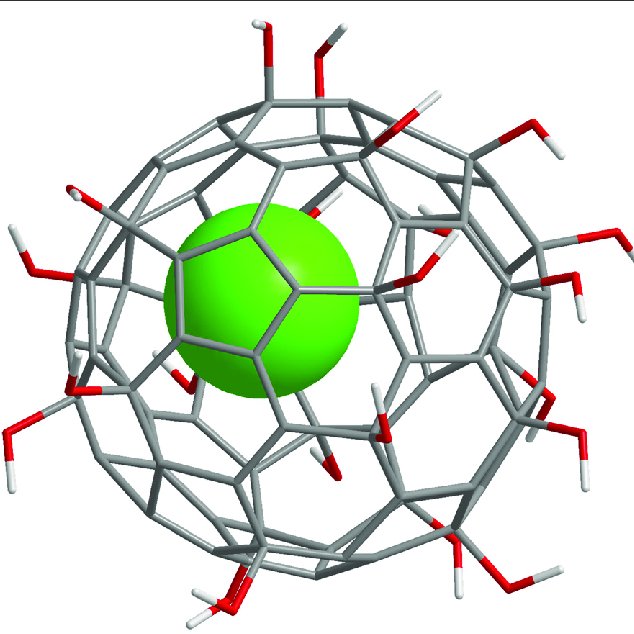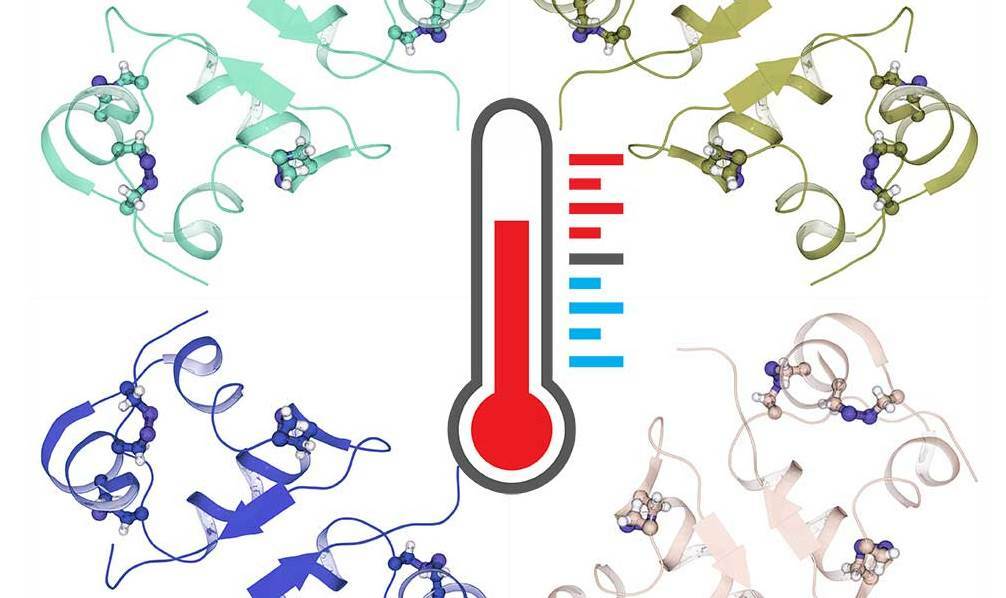Did you know that every month, about a hundred studies related to fullerene and its derivatives come out? One recent study that caught our eye is about water-soluble fullerenol and Alzheimer’s disease. You can check out the article “Role of fullerenols derivative 3HFWC in the treatment of Alzheimer’s disease“ (Ivkovic, Sanja; Koruga, Djuro) for yourself,… Continue reading Fullerenol and Alzheimer’s Disease?
Fullerenol and Alzheimer’s Disease?
